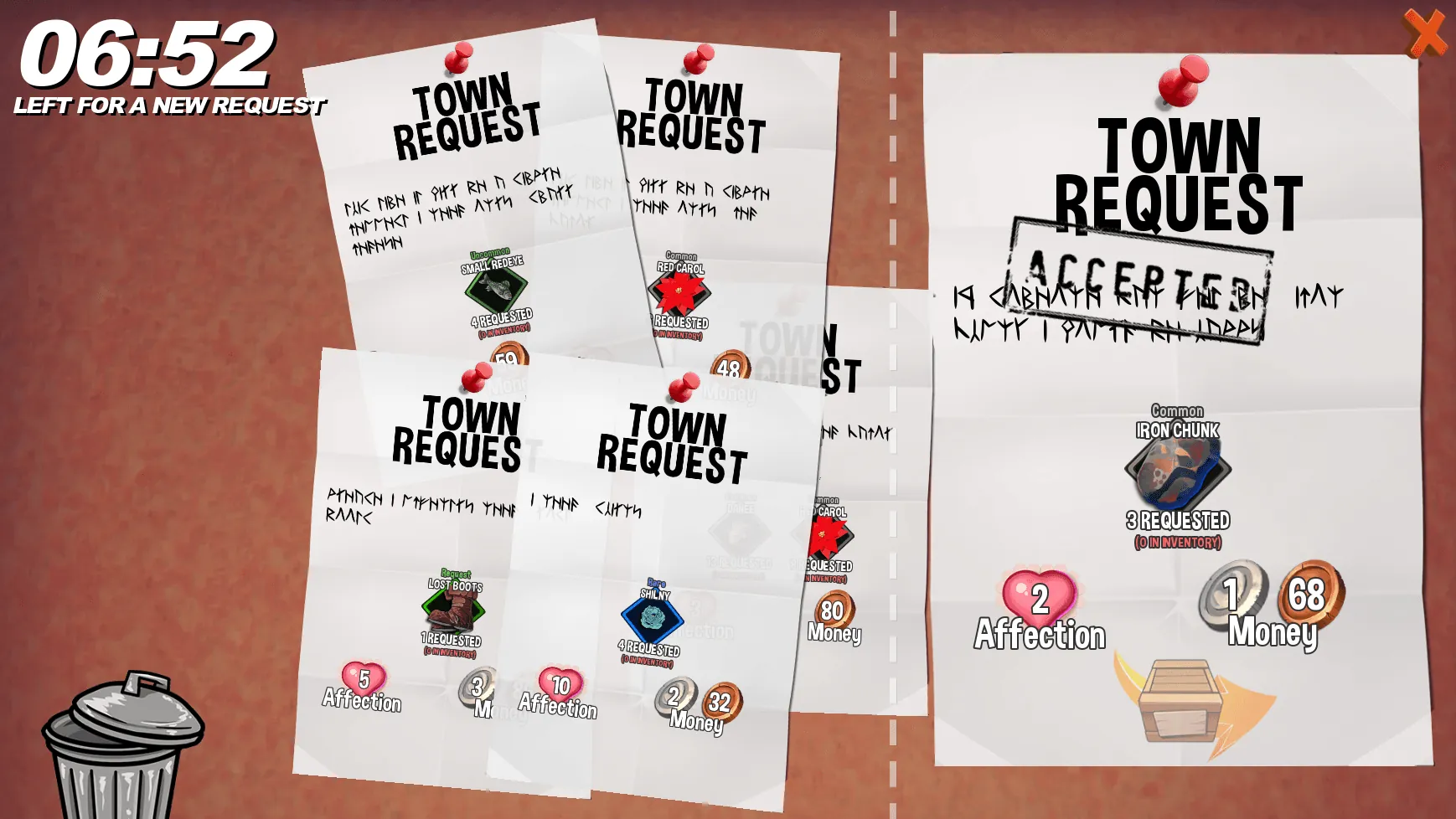
My Time with You
Play My Time with You
My Time with You review
How Character-Driven Storytelling Redefines Interactive Experiences
When I first launched My Time with You, I expected another casual relationship simulator. What I discovered instead was a masterclass in emotional storytelling through player agency. This innovative title blends choice-driven narratives with sophisticated character development, creating an experience that stays with you long after closing the game. Through three playthroughs and countless dialogue choices, I uncovered what makes this project stand out in its genre.
Mechanics of Emotional Engagement
The Psychology of Branching Dialogue Systems
Picture this: you’re arguing with your in-game partner about whether to adopt a three-legged rescue dog. One dialogue option reads “We’re not ready for this,” another “Let’s name him Biscuit,” and a third… “What if he hates me?” 🐾 In My Time with You, every conversation feels like peeling an onion—layers of vulnerability, humor, and tension that change based on your choices. This isn’t just a interactive dialogue system—it’s a psychological playground where words act as both weapons and bandages.
The game’s narrative branching paths don’t just split into “good” or “bad” endings. During a pivotal fight scene, I once chose sarcasm over empathy, assuming it’d lead to a funny reconciliation. Instead, my character’s partner shut down for three in-game weeks, altering side quests and even ambient dialogue. 😲 The emotional consequence engine here doesn’t just remember your choices—it holds grudges, adapts to your communication style, and forces you to live with the fallout.
| Choice Type | Short-Term Impact | Long-Term Ripple |
|---|---|---|
| Defensive Response | Immediate tension spike | Unlocks “Cold Shoulder” story arc |
| Vulnerable Admission | Awkward silence | Triggers secret “Midnight Confession” event |
| Humorous Deflection | Laughter + rapport boost | Delays critical plot decisions by 2 chapters |
What makes this work? The relationship progression mechanics tie dialogue success to tangible rewards—not just +10 “likes,” but access to deeper backstories. For example, consistently supporting a character through job struggles unlocks their childhood trauma subplot, which then influences how they react during a later financial crisis. It’s like emotional compound interest. 💸
Reward Structures in Relationship Building
Let’s get real: most games treat relationships like a vending machine—insert compliments, receive cuddles. My Time with You flips this by making every interaction feel earned. Early on, I messed up a date night by prioritizing “winning” a debate about pizza toppings over actually listening. 🍕 The game didn’t punish me—it just… changed. My partner started doubting my commitment during major decisions, and I had to work twice as hard to rebuild trust through small gestures (like remembering their allergy to lilies).
The genius lies in mature content customization options that let you filter triggers without neutering the story. You can:
– Toggle explicit arguments on/off
– Adjust the frequency of intimate moments
– Enable “rewind” mode for anxiety-inducing choices
But here’s the kicker: even with training wheels, the emotional consequence engine remains ruthless. I tested a “safe” playthrough where I avoided all conflict—and the game’s finale called me out for emotional cowardice. 😶
Pro tip: Always save before cooking together. One burnt lasagna led to a 45-minute argument about my character’s fear of failure—which later became a narrative throughline about perfectionism. The interactive dialogue system doesn’t just track big moments; it weaponizes mundane tasks as emotional landmines.
Balancing Mature Themes with Gameplay Flow
How do you handle a scene where characters discuss past addiction without making it feel like an afterschool special? My Time with You uses its narrative branching paths to let players set boundaries in-universe. During a rehab storyline, I could choose:
– Push for raw honesty (high risk/reward)
– Suggest professional mediation (slower progression)
– Change the subject entirely (delays resolution)
This isn’t edginess for shock value—it’s mature content customization as narrative tool. The game’s “Emotional Safeword” feature even lets you pause intense scenes to adjust your content preferences, no judgment. 🛑
But balance is key. Locking crucial story beats behind traumatic interactions would’ve been exploitative. Instead, the relationship progression mechanics offer multiple paths to intimacy:
– Shared humor during grief
– Quiet support without pressure
– Collaborative problem-solving
My darkest playthrough involved a jealousy subplot that spiraled into mutual sabotage. Yet through smart interactive dialogue system design, the game still offered redemption arcs—if I could stomach the apologies. 🕊️
“The best relationships aren’t about avoiding conflict—they’re about repairing smarter.”
By letting players fail meaningfully, My Time with You turns emotional labor into compelling gameplay. Those 3 AM text arguments? They’re not filler—they’re skill checks for vulnerability. And when you finally nail that perfect makeup dialogue chain? Pure serotonin. ✨
So, ready to get your heart stomped by a pixelated partner? Just remember: in this game, “happily ever after” isn’t a destination—it’s a negotiation.
Through its sophisticated systems and emotional intelligence, this title sets a new benchmark for interactive storytelling. The careful integration of player agency with character authenticity creates profoundly personal experiences that demand multiple playthroughs. For those seeking narratives that respect their intelligence while delivering meaningful choices, this journey deserves your time – just remember to use content filters that match your comfort level.




























